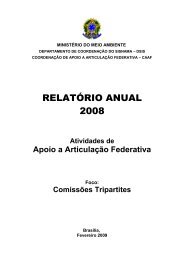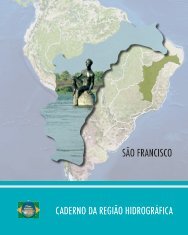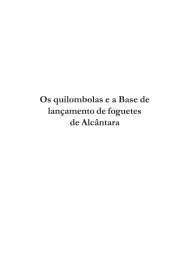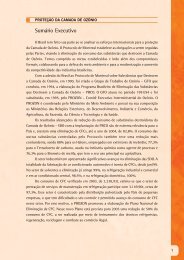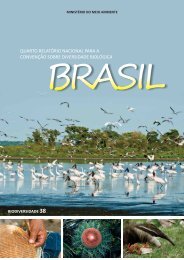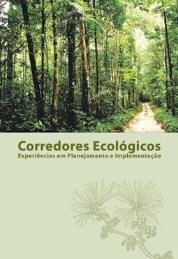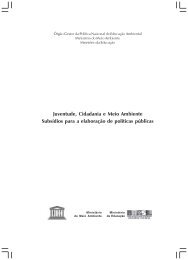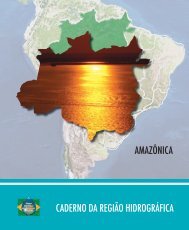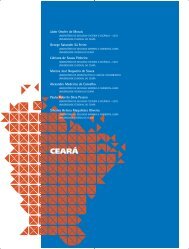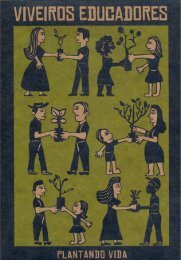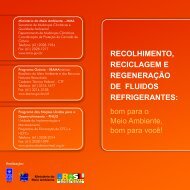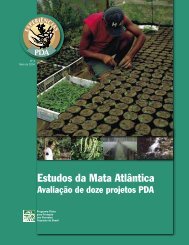Protected Areas
Protected Areas
Protected Areas
- No tags were found...
Create successful ePaper yourself
Turn your PDF publications into a flip-book with our unique Google optimized e-Paper software.
Associated Traditional KnowledgeTraditional knowledge associatedto biodiversity elements have beenresearched and used as the fastermeans for attaining results for industryin their developing of commercialproducts. Researches state that the useof traditional knowledge (of indigenousand other communities) increases theefficiency of the process to select andinvestigate plants in search for theirmedicinal properties in 400%. Datareveals that of 119 medications derivedfrom plants, 74% were developedfrom researches with drugs used intraditional medicine. Nonetheless, rarelyare the economic benefits shared withthe communities that provided suchinformation.Furthermore, the rights of communitiesthat detain such knowledge are stillnot acknowledged. These communitiesare little valued and do not receivethe attention that is necessary fortheir preservation. The Conventionon Biological Diversity promoted animprovement to this situation, byacknowledging these communities’relevance to biodiversity conservationand by establishing guidelines for theirmaintenance, valuing and use.reproduction. Registering documentsis not enough. It is necessary thatindigenous and local communities beensured of their access to the land,biodiversity and to conditions in whichthey can maintain their culture.Brazil realizes that associated traditionalknowledge is part of the country’s culturalheritage and establishes the rights ofindigenous and local communities. Suchrights include prohibiting non-authorizedthird parties from: using, disseminatingor exploiting this knowledge; receivingbenefits for its economic exploitation;requiring that indications are made tothe source of access to this traditionalknowledge on all publications, uses,explorations and disclosures. One of thegreatest challenges of today is to ensurethat indigenous and local communitiescan fully take advantage of these rights.The Coastal and Marine zones occupyapproximately three million squarekilometers of ocean that are underBrazilian jurisdiction, or in other words anarea that is equivalent in size to almosthalf of our land. With its over 7,400 kmbetween the mouths of the OiapoqueRiver in Amapá and the Chui River in RioGrande do Sul, Brazil’s coast line is oneof the largest in the world.In order for traditional knowledge to beeffectively preserved, it is necessary thatits natural and cultural environmentsalso be preserved for its production and61



